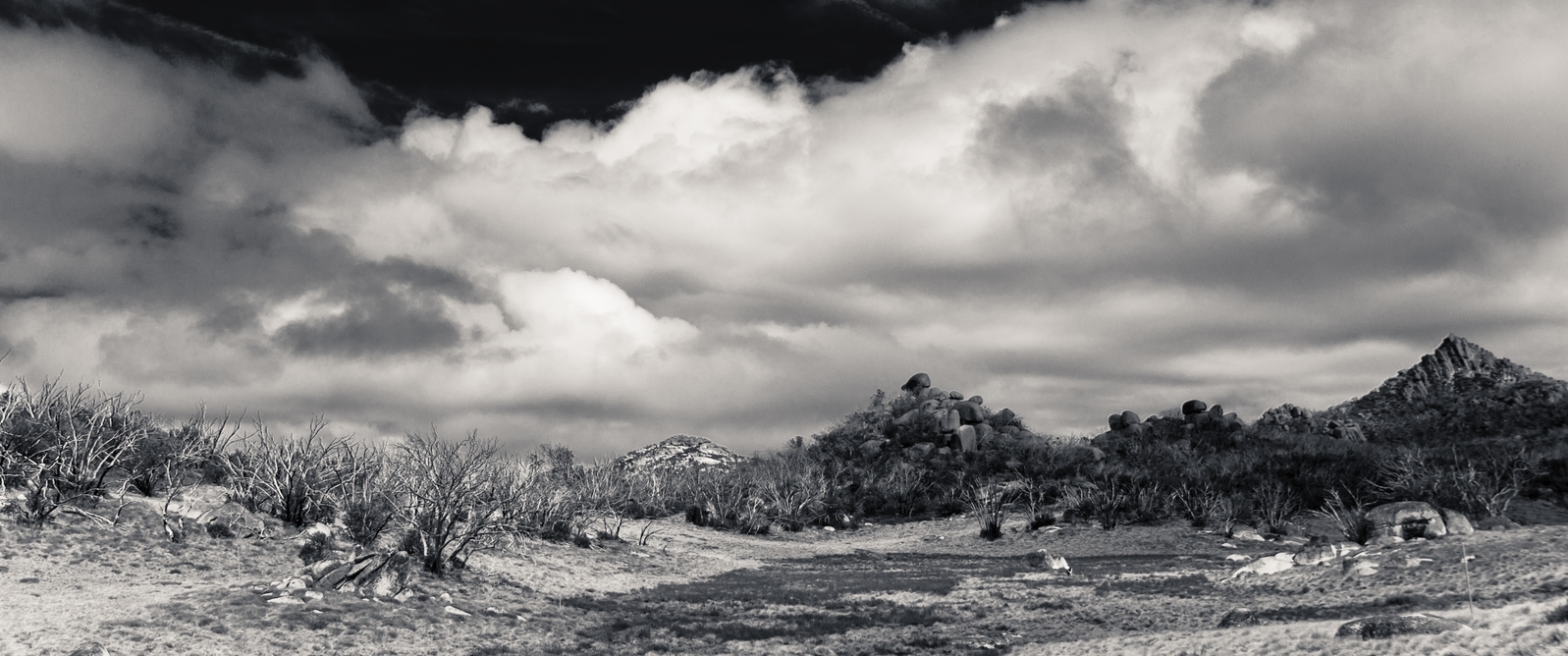In a previous post I wanted to look at the daily pattern of motor vehicle accidents across the state of Victoria. What I am really interested in though is the accidents in my local area.
To do this I am going to use leaflet, sf to handle all the spatial data and crosstalk to filter the data visible in the map. The crosstalk package enables a level of interactivity that is usually reserved for more complex server (shiny) based applications.
The data is from the VicRoads open data portal. The portal has an API but I have previously downloaded the entire data set as a shapefile. There are more than 75 thousand accidents recorded in the data set but I am only looking at accidents related to alcohol for the years 2015 through 2017.
library(sf)
library(dplyr)
library(leaflet)
library(crosstalk)
library(lubridate)
library(htmltools)
shp <- st_read('~/Documents/Matt/GIS/shp','Crashes_Last_Five_Years',
quiet = TRUE, stringsAsFactors = FALSE) %>%
mutate(date = as.Date(as.character(ACCIDENT_D), '%d/%m/%Y'),
year = year(date)) %>%
filter(ALCOHOL_RE == 'Yes')
sd <- SharedData$new(shp)
Once the data is imported and cleaned it is inserted into a crosstalk::SharedData$new() object. This creates a common data input for all interactive objects such as UI elements and compatible widgets. For a complete list of compatible widgets see the crosstalk reference page.
Am minimal example can be just two lines of additional code which results in a UI slider connected to the date field and a leaflet map. Adjusting the slider will filter the markers visible in the map.
filter_slider("date", "", sd, column=~date, step=10, width=800)
leaflet(sd) %>% addTiles() %>% addMarkers()
But let’s add some additional layers of interactivity. Crosstalk has three UI filters built-in; slider, check-box and select. In the code below I am creating and saving the UI elements in order to have a little more control fitting them together.
date_filter <- filter_slider("date", "", sd, column = ~date,
step = NULL, width = '100%', dragRange = TRUE)
year_filter <- filter_checkbox("year", "Year", sd, group = ~year,
inline = FALSE)
day_filter <- filter_checkbox("day", "Day of the Week", sd, group = ~DAY_OF_WEE,
inline = FALSE)
severity_filter <- filter_checkbox("sev", "Severity", sd, group = ~SEVERITY,
inline = FALSE)
type_filter <- filter_checkbox("type", "Type", sd, group = ~ACCIDENT_1,
inline = FALSE)
Rstudio’s leaflet package is the most ubiquitous method for incorporating an interactive map. In this post I am not going to discuss all the options I use but will include the code. To make the map look and feel how I want, I will use addPopups and addProviderTiles.
Originally I intended to include addAwesomeMarkers, but with this data set there are too many points for the markers to look good and add meaning to the final map. Instead I will use transparent circle markers to give a sense of density where points overlap.
Now, I use leaflet maps a lot. They are incredibly versatile with a wealth of options (see documentation to get started). They are also very simple. In the code below you can see my standard setup (excluding addCircleMarkers()). I save this as a snippet and insert it each time I make a map. This means that my maps are consistent and that I can get something done in a few minutes just focusing on the new layer.
map <- leaflet(sd, width = '100%') %>%
addProviderTiles("CartoDB.Positron", group = 'Default') %>%
addProviderTiles("Esri.WorldImagery", group = 'Aerial') %>%
addProviderTiles("OpenStreetMap.Mapnik", group = 'Street') %>%
addProviderTiles("OpenTopoMap", group = 'Terrain') %>%
addScaleBar('bottomright') %>%
addCircleMarkers(group = 'Accidents',
stroke = FALSE,
opacity = 0.4,
fillColor = ~sapply(SEVERITY, switch, USE.NAMES = FALSE,
'Fatal accident' = '#a50f15',
'Serious injury accident' = '#de2d26',
'Other injury accident' = '#fb6a4a'
),
radius = ~sapply(SEVERITY, switch, USE.NAMES = FALSE,
'Fatal accident' = 10,
'Serious injury accident' = 7,
'Other injury accident' = 5
),
popup = ~paste0('<h3>Some Accident Details</h3><br>',
'<b>Severity</b>: ', SEVERITY, '<br>',
'<b>Type of Accident</b>: ', ACCIDENT_1, '<br>',
'<b>Light Conditions</b>: ', LIGHT_COND, '<br>',
'<b>Road Geometry</b>: ', ROAD_GEOME, "<br>",
'<b>Speed Zone</b>: ', SPEED_ZONE, '<br>',
'<b>Number of People</b>: ', TOTAL_PERS, '<br>',
'<b>Persons Injured or Fatality</b>: ', INJ_OR_FAT)
) %>%
addLayersControl(
baseGroups = c("Default", "Aerial", "Street", "Terrain"),
overlayGroups = 'Accidents',
options = layersControlOptions(collapsed = TRUE)
)
Now we have all of the elements we need. These could have been added directly to the rmarkdown page with each code chunk, but wrapping them in some htmltools and crosstalk tags makes for a slightly cleaner user experience.
tags$div(class="well well-lg",
tagList(
tags$h2('Alcohol Related Motor Vehicle Accidents 2012 - 2017'),
date_filter,
map,
bscols(day_filter,
list(year_filter,
severity_filter),
type_filter)
)
)
